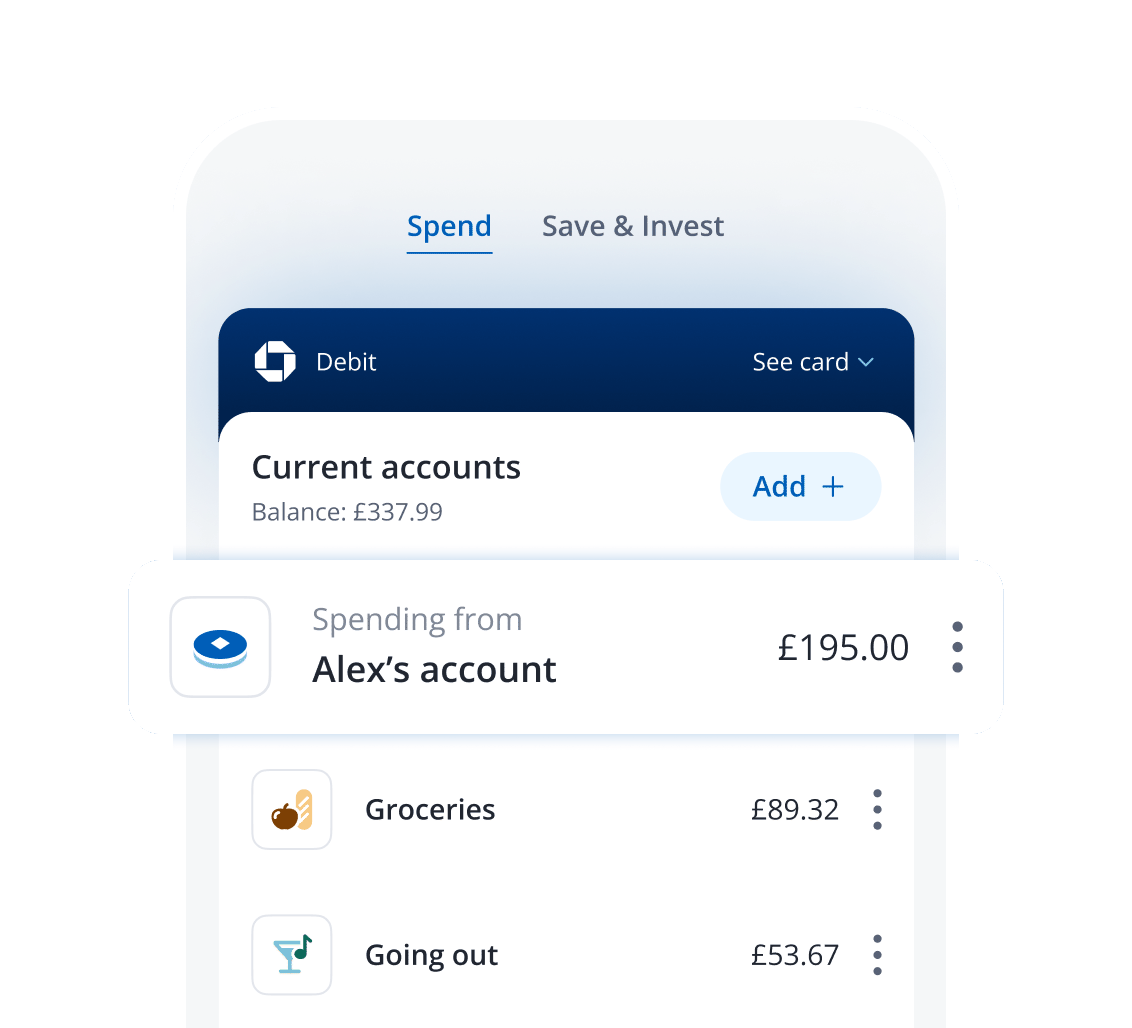money
Your guide to guilt-free spending
4 min | 27 August 2024




All our lives, we’re given shrewd yet sensible money advice: save. And if you have to spend, try not to. But having money on its own isn’t the goal – it’s the choices money gives us. And the only way to get the things we want is to dole it out. So how do you spend freely, while spending smart?
Before we think about spending wildly, our first priority should always be covering our fixed costs and saving a buffer to protect us from the future. But once that's done, and we’ve allocated cash to extra savings and any investments, many of us are reluctant to spend whatever's left over. But why?
Why we’re miserly with money
It could be a nagging feeling that we shouldn’t splurge lest we need that money for some looming emergency. Perhaps it's a deep-seated guilt that holds us back from treating ourselves. And for others, perhaps it's a sense that there’s never enough.
In all cases, the issue likely stems from a disconnect between the feared future and actual reality. The fear of being left in the lurch, in real financial difficulties, is very real – and many of us have probably seen it played out throughout our lives. But the way out is to be brutally and methodically realistic about your current money situation.
Though it's not exactly a wild night in, sitting down and looking at the numbers is the crucial first step in separating those emotions from your money, and learning how to spend smart.
How to spend smart
Step 1: Know the numbers
To start with, go through all your monthly, quarterly and annual transactions, and find the cash amount that you need to have to cover your fixed outgoings. Next, comb through your investment and savings goals with the same rigour. Many set aside 20% of their income for savings and investments when possible. If that cuts into your fixed costs, then taking as close to that 20% figure as possible, without impacting your must-spend amount, is a good way to go. Even if it’s a few pounds, creating the habit is key, and even a few pounds saved will likely compound over time.
Step 2: Set aside your splurge money
Once you know those numbers, so long as your outgoings and savings goals are covered, you can breathe a big sigh of relief because you know you should have the cash you need to satisfy your financial commitments. Next is the bit that really frees up the mental space. Go back to your numbers, and from the amount that’s left after fixed costs and savings goals, you can see what percentage you’d feel comfortable setting aside for ‘fun money’. Many budgets suggest using 30% of income for enjoying yourself, if you can. That could mean holidays, tech toys, luxury items – whatever your heart desires. To help safeguard this pot of cash, you could automatically siphon it off to a separate current or savings account, so it’ll be undisturbed until you’re ready to spend it.
With Chase, you can open extra current accounts in seconds, for free. Use them to spend from, pay bills with Direct Debits, budget, and set aside money in the way that works best for you.
18+, UK residents.
The key to guilt-free spending
The idea here is that this is guilt-free money, dedicated to guilt-free spending. Rather than throwing caution to the wind and blowing a bunch of cash on a new gadget or closing your eyes and buying a designer item with a credit card, this money is deliberately set aside with the comfort and confidence that you can afford it, and that you deserve to spend it.
Remember – it’s your money. You’re the one doing all the work, getting up every day improving your skills and showing up. Everything you have is what you’ve earned – nobody else deserves to spend your money as much as you.
Recommended reading


















